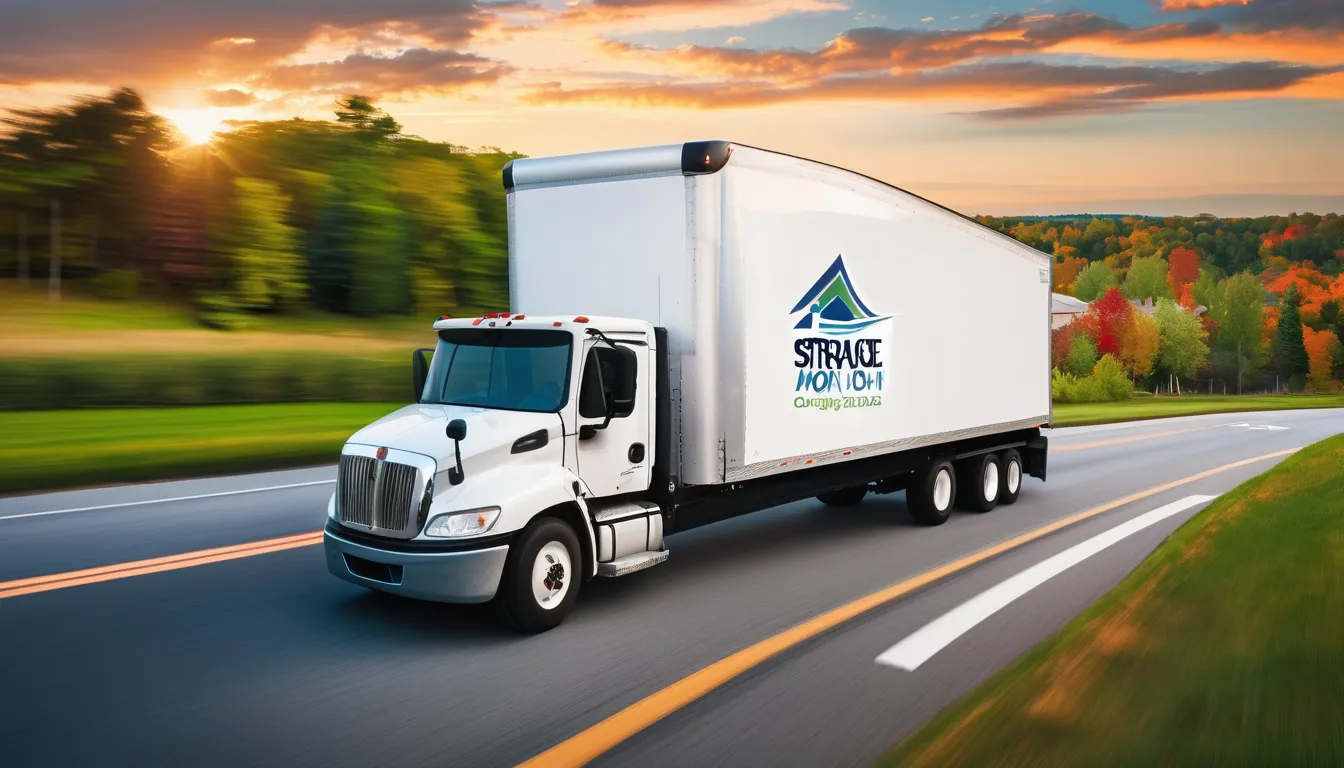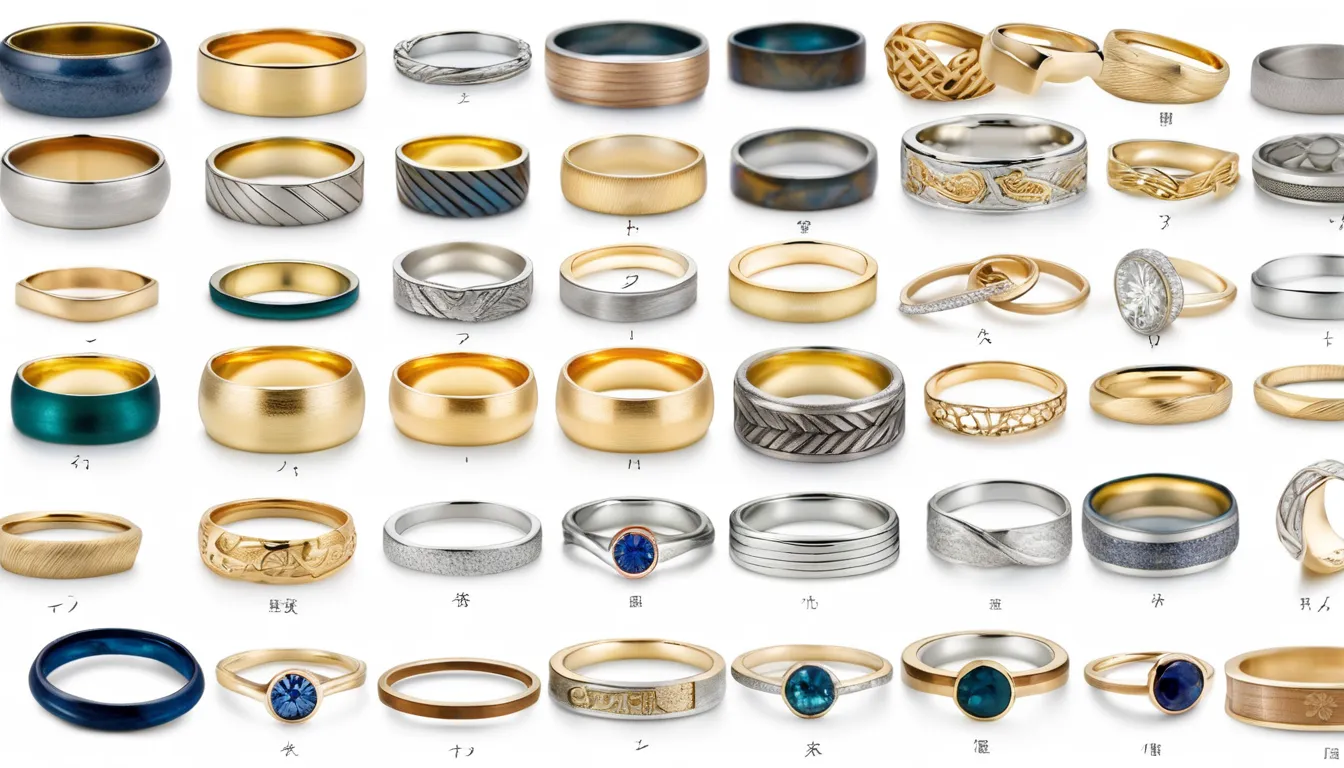
When you’re involved in a slip and fall accident, gathering evidence is crucial to build a strong case. You’ll need to collect various types of evidence, including photographs of the scene, witness statements, and medical records. But what types of evidence are most critical, and how do you ensure you’re collecting and preserving them correctly? The outcome of your case may depend on it. If you can’t establish a clear connection between the hazardous condition and your injury, you risk having your claim denied. Let’s examine the key types of evidence you’ll need to support your claim.
Types of Evidence to Collect
When collecting evidence in a slip and fall case, you’ll want to gather as many details as possible about the incident. This includes taking photos of the scene, your injuries, and any hazardous conditions that may have contributed to the fall.
It’s also crucial to get the contact information of any witnesses who may have seen the incident.
You should also collect physical evidence, such as torn or damaged clothing, shoes, or other items that may have been involved in the fall.
If you have any medical records or bills related to the incident, make sure to keep them organized and easily accessible.
Additionally, you may want to collect evidence of any previous incidents or complaints related to the hazardous condition that caused your fall.
It’s also important to document any communication you have with the property owner or manager, including emails, letters, or phone calls.
Keep a record of any statements they make about the incident, as these can be used as evidence later on.
Proving Negligence With Evidence
Proving negligence with evidence requires you to establish a clear connection between the property owner’s or manager’s actions and your accident lawyer and fall injury. This means you’ll need to show that the property owner or manager had a duty to maintain a safe environment, breached that duty, and that their breach directly caused your injury.
To do this, you’ll rely on the types of evidence you’ve collected, such as photographs, videos, and documentation of the hazardous condition.
You’ll need to demonstrate that the property owner or manager knew or should have known about the hazardous condition and failed to take reasonable steps to correct it.
This can be shown through evidence such as maintenance records, inspection reports, and policies or procedures related to hazard prevention.
Additionally, you may need to provide expert testimony, such as from an engineer or safety expert, to help establish the standard of care and how the property owner or manager fell short of that standard.
Gathering Evidence From Witnesses
A crucial piece of the puzzle in building a strong slip and fall case is gathering evidence from witnesses. You need to identify and interview people who saw the accident or have information about the condition of the premises. This can include employees, customers, or bystanders.
Witness statements can be powerful evidence in your case. They can help establish what happened, who was at fault, and the extent of your injuries.
When gathering evidence from witnesses, you should ask open-ended questions to get detailed and accurate information. Take notes or record the conversation to ensure you capture everything.
Gathering evidence from witnesses can be challenging, but it’s essential to your case. Here are 3 reasons why:
- Independent confirmation: Witnesses can confirm your version of events, making it harder for the defendant to dispute.
- Credibility boost: A witness’s testimony can add credibility to your case, especially if they’re unbiased and have no stake in the outcome.
- Key details: Witnesses may have seen or heard something that you didn’t, which can be crucial in proving negligence or liability.
Preserving Physical Evidence
How do you ensure that physical evidence in your slip and fall case isn’t lost, tampered with, or destroyed? Once you’ve identified potential physical evidence, such as surveillance footage or debris from the accident site, it’s crucial to take steps to preserve it.
If you’re able to do so safely, take photos or videos of the evidence in its original state. Don’t touch or move anything that could be considered evidence.
If the evidence is in the possession of the property owner or another party, send them a letter or email requesting that they preserve the evidence.
This creates a paper trail and puts them on notice that the evidence is important to your case.
Consider having a third party, such as a private investigator, collect and store the evidence to prevent tampering.
You may also want to make arrangements for the evidence to be stored in a secure location, such as a locked container or a climate-controlled facility.
This will help ensure that the physical evidence remains in its original condition.
Organizing Evidence for Trial
With your physical evidence preserved, it’s time to organize it for trial. You’ll want to categorize and label each piece of evidence to ensure it’s easily accessible and can be presented in a clear, concise manner.
This will help you to build a strong case and make a convincing argument to the jury.
Organizing your evidence also involves creating a system for tracking and documenting each piece.
This can include creating a spreadsheet or using evidence management software to keep everything organized and up-to-date.
By doing so, you’ll be able to quickly locate specific pieces of evidence and present them in the most effective way possible.
Here are three things to consider when organizing your evidence for trial:
- Create a clear and concise method for labeling and categorizing evidence to avoid confusion and ensure that everything is easily accessible.
- Use visual aids to help illustrate your points, such as diagrams, photographs, or videos, to make your evidence more compelling and engaging.
- Practice presenting your evidence to ensure that you can clearly and confidently present your case to the jury.
Conclusion
You’ve collected and preserved the evidence needed to build a strong slip and fall case. Now, it’s time to organize it for trial. Your goal is to clearly connect the hazardous condition to your injury and establish the defendant’s liability. By presenting a solid case, you’ll be well on your way to a successful claim. Stay focused, and don’t let critical evidence slip through the cracks – it’s the key to a favorable outcome.




